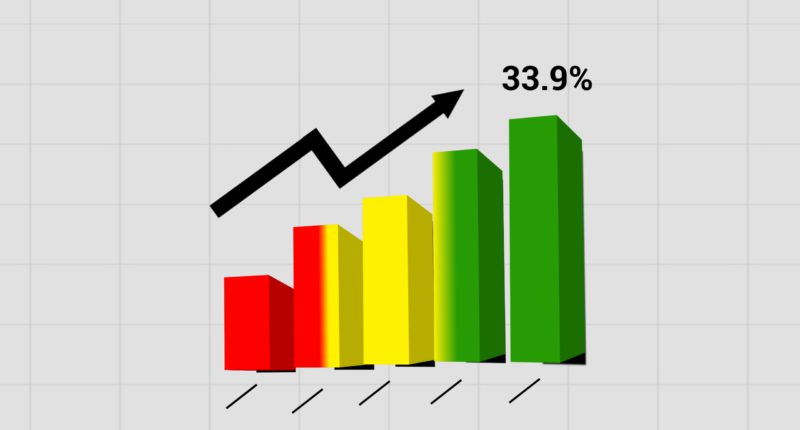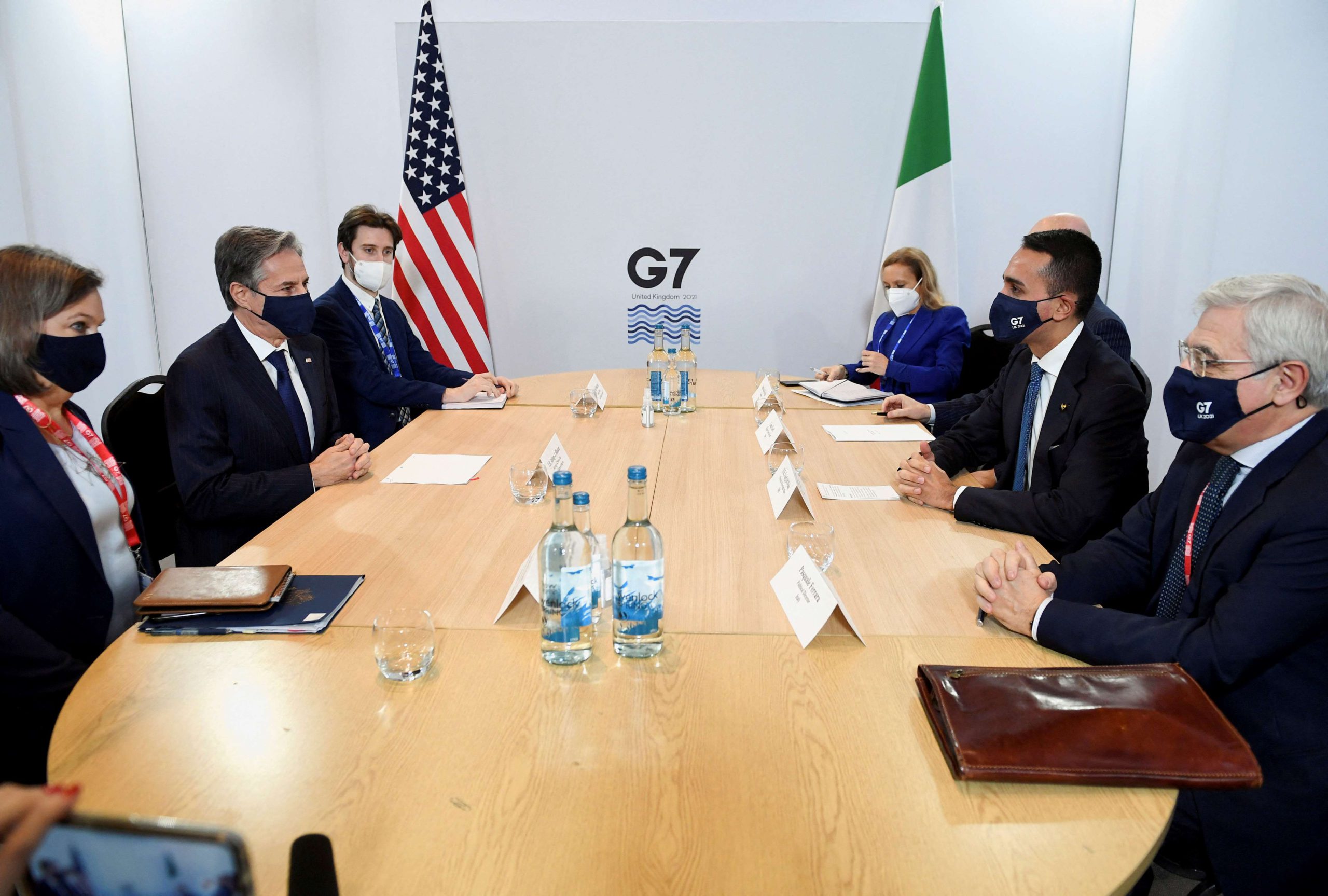Since the beginning of the year, the Ghanaian cedi has lost 72% of its value against the US dollar. The USD/GHS was trading at about 1/10.45 at the moment. This indicates a 45% reduction in 6 months.
Despite the fact that Ghana’s central bank raised its interest rate to a record high of 24.5% in an attempt to curb inflation and strengthen the Cedi, the currency has continued to slide.
What you should be aware of
Ghana is struggling with debt, 20-year-high inflation, a depreciating currency, and rising inequality. Inflation rose to 33.9% in August 2022, up from 9.7% the prior year. Furthermore, the present Russia-Ukraine crisis and the COVID-19 outbreak have worsened these vulnerabilities.
As a result, Ghana’s government sought financial help from the International Monetary Fund (IMF). The engagement will include a new assessment of the country’s debt sustainability.
This meant that Ghana will need to take action to restructure its debt if the new review concludes that the country’s debt levels are unsustainable. Lending to nations with unsustainable debts is forbidden by the Fund until those countries make efforts to restore their financial viability, which may include debt restructuring.
Going further
Ghana’s overall governmental debt stood at $54.4 billion (78.3% of GDP) in June 2022, up from $32.3 billion (55.5% of GDP) in 2017.
External debt accounted for $28.1 billion (40.5% of GDP), while domestic debt denominated in cedis accounted for $26.3 billion (37.8% of GDP).
What’s more.
Ghana’s inflation still remains serious and the Bank of Ghana is racing to stabilise policies and maintain economic growth.

